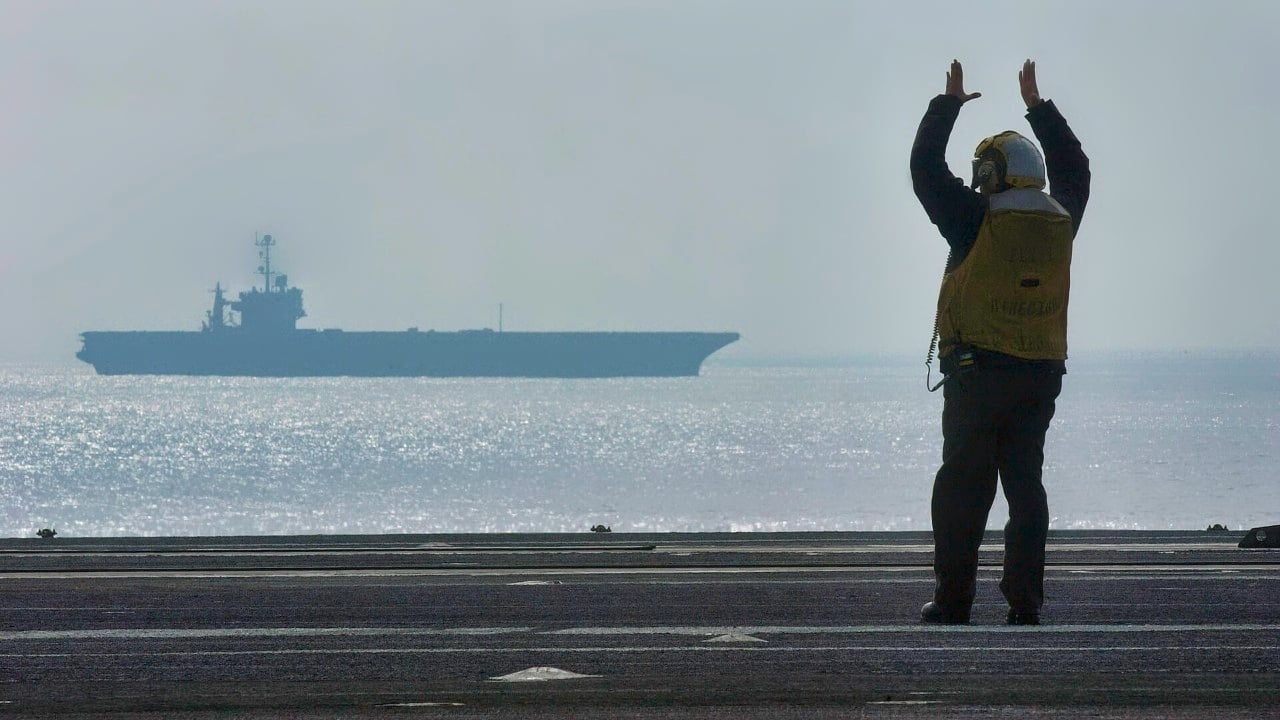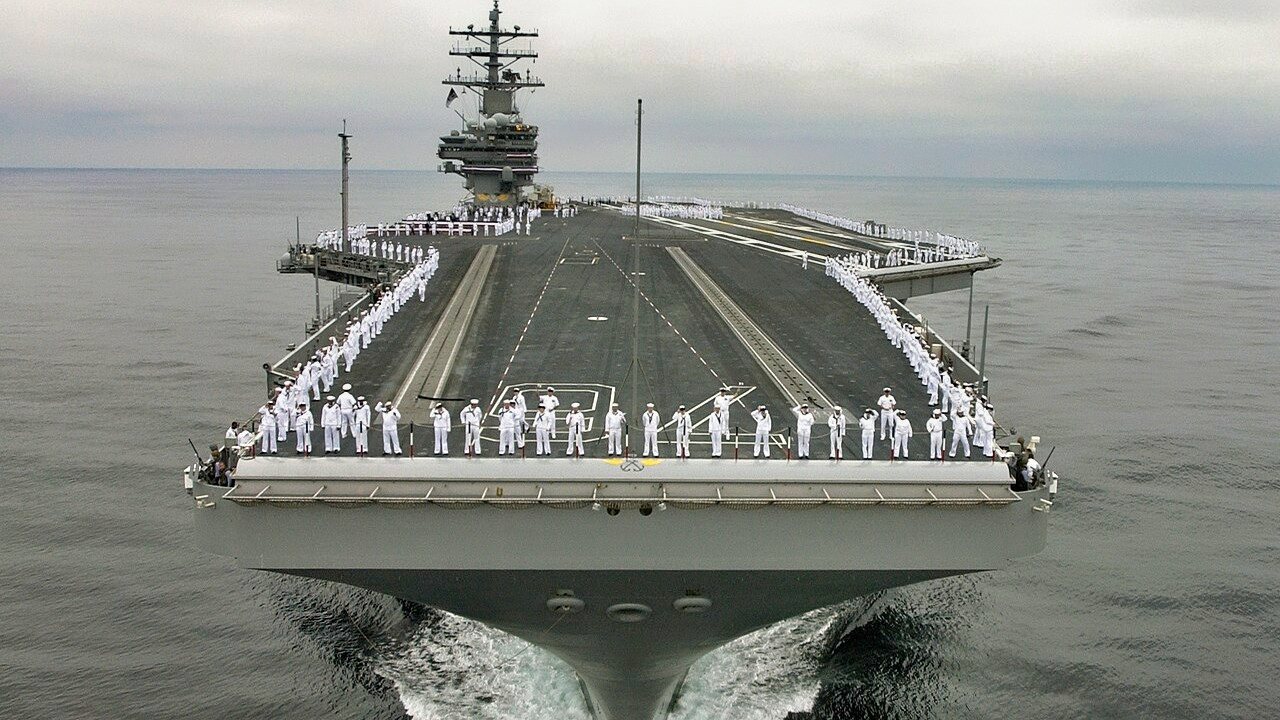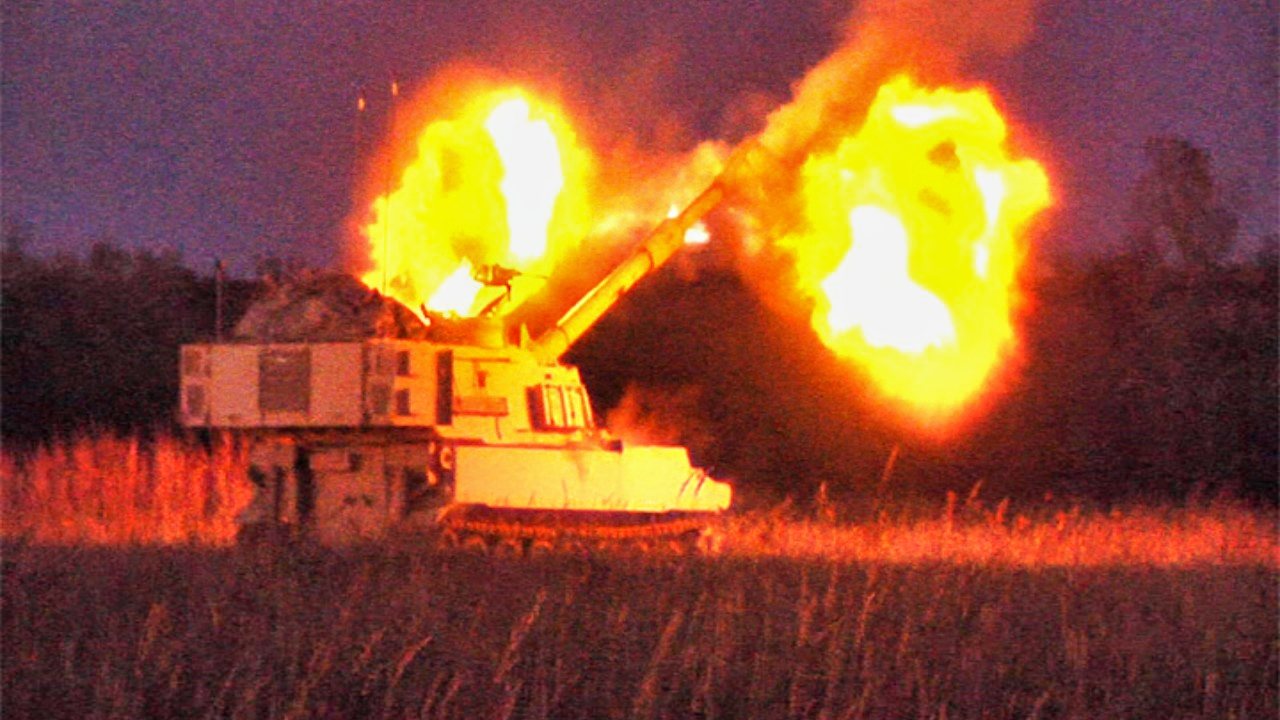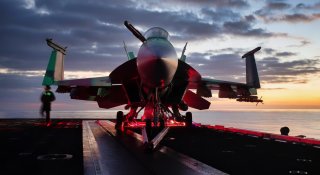Closing the Defense Capabilities Gap
Four steps are critical to rebuilding America’s military capabilities to contend with multiple adversaries and return to a posture of peace through strength:
The Biden administration’s new defense budget and a recent commission on defense procurement both recognize what most Americans know: China is the greatest threat to America. Unfortunately, the documents also reflect that the United States is not positioned to deter conflict with China, much less do so while holding other persistent threats like Iran, Russia, and North Korea at bay. A dramatic change in course is necessary.
On March 11, the administration released its proposed defense budget for the next fiscal year. The previous week, the congressionally created Commission on Planning, Programming, Budgeting, and Execution Reform released its final report calling for significant changes to our current process of defense procurement—one that is plainly dysfunctional and has left our service members without the means to deter, let alone win, major conflicts.
The budget request claims that it “prioritizes China as America’s pacing challenge,” yet there is no indication that the White House or the Pentagon is taking the big steps necessary to transform our military into a force that can prevail against global threats from China and other adversaries simultaneously.
It is critical to understand that the competition between the United States and China is not limited to the Taiwan Strait or the South China Sea; it is far more global. For example, China has sought to exploit the perceived U.S. withdrawal in the Middle East by expanding its influence there.
Nor is it just Russia and China that benefit from a perceived weak United States. Regional bad actors flourish when America cannot project power globally. Iran, whose government has long seen itself as at war with America, has accelerated its push for regional hegemony. Venezuela is threatening to invade its neighbor Guyana to steal oil and gas fields. Sensing Washington’s lack of resolve, many nations will feel it necessary to appease the dictators and autocrats, thereby further weakening the Free World.
Four steps are critical to rebuilding America’s capabilities to contend with multiple adversaries and return to a posture of peace through strength:
First, the United States must rebuild its weapons platforms, ammunition stocks, and mobilization capacity. In particular, Washington must increase procurement in areas such as shipbuilding, achieving the 355-ship Navy, which the military needs to perform its assigned missions. The nation requires new shipyards and must partner with allies that have such capacity to reach this goal. America must also increase its ability to rapidly produce systems such as long-range UAVs with substantial loitering capacities that can be launched from bases and the carrier fleet.

The war in Ukraine has revealed the West’s shocking shortage of high and low-tech munitions ranging from hypersonic missiles to the century-old technology of 155-millimeter artillery rounds. In a war with China, the United States would require these munitions as well as large quantities of anti-air, anti-missile, and anti-drone missiles and other defensive platforms. The demand for these items will be immense from the start of a conflict—there will be no time to play catch-up.
Above all, America must rapidly modernize its ultimate deterrent—the nuclear triad. Russia and China are already deploying stealthy and maneuverable hypersonic missiles tipped with nuclear warheads, while the United States is still in the testing phase of such systems.
While the United States needs to be prepared to fight today, we must also prepare for combat in the frontiers of space and cyber tomorrow. All the technologies of the future—artificial intelligence, quantum computing, machine learning, advanced semiconductors, manned and unmanned space flight, and everything associated with such tech, from rare earth mining and processing to advanced manufacturing—will be critical in this contest.

Second, NATO is important, but our allies must become more serious about their own defense in this new and vastly more dangerous era. European NATO partners should willingly undertake the primary responsibility for defending their continent and adjacent waters against threats from Russia. Europe has three times the population of Russia and more than ten times its economic output. European powers should spend as much of their GDP on defense as America does, which would allow it to pivot to the Indo-Pacific, where the Chinese Communist Party is the existential threat to our way of life.
Third, as the United States returns in force to the Indo-Pacific, it must further strengthen its defense cooperation with India, Australia, Japan, the Philippines, Thailand, Singapore, and Taiwan to multiply the collective deterrence power of treaty allies and democratic partners in the region. The United States should also engage with ASEAN nations, such as Indonesia and Vietnam, that have real military strength and are directly threatened by the PRC. Consensus statements from diplomatic gatherings are nice but cannot take the place of joint military commands and joint military exercises with the governments most likely to be involved in a fight against China.
Fourth, Washington must relearn the art of political warfare. Traditional military strength was decisive in winning World War II and the Cold War. Still, the Free World also used ideological actions in those conflicts to weaken its opponents politically and support its friends. Washington must move beyond formulaic speeches about democracy and a “rules-based international order” that no longer exists if it ever did.

American political leaders should regularly remind the world that China’s government underperforms for its citizens and has them trapped in a dystopian surveillance state, that Iranian propaganda and state-sponsored terrorism reflect the attempts of a corrupt and deeply unpopular regime to hold on to power, and that North Koreans would thrive like their fellow Koreans in the South if the regime made the needed political, legal and economic changes, an unlikely prospect.
About the Authors
Zalmay Khalilzad was the twenty-sixth U.S. ambassador to the United Nations from 2007-2009 and headed the Policy Planning office at the Department of Defense from 1991-1992.
Ambassador Robert C. O’Brien was the twenty-seventh U.S. National Security Advisor from 2019-2021.
Image: All images are Creative Commons.


